At Hansel & Gretel, an interactive installation about modern surveillance by Ai Weiwei, Jacques Herzog and Pierre de Meuron, selfies are part of the experience.
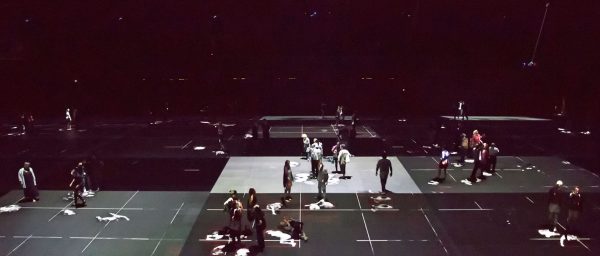
A collaboration several years in the making, this immersive, super-high-tech installation in two parts reunites Ai Weiwei, the Chinese artist-activist-dissident, with Jacques Herzog and Pierre de Meuron, the Swiss architects overseeing an inspired restoration of the armory’s historical building. The three worked together on the astounding-looking National Stadium for the 2008 Beijing Olympics, a work of starchitecture whose basketlike structure is known as the Bird’s Nest.
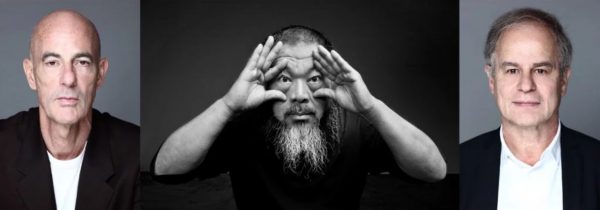
The installation begins in a 55,000-square-foot dystopian playground. Set within New York’s Park Avenue Armory, the hall is cool, dark and quiet, giving the illusion of privacy. But everyone who enters is tracked relentlessly from above by 56 computers with infrared cameras, projecting bird’s-eye images of visitors onto the ground next to them, outlined with red boxes. Start walking and these ghostly portraits remain, leaving a digital trail. The spying feels aggressive when whirring drones survey the area, but they’re just a distraction when everyone is already being tracked in silent, subtle ways without escape.
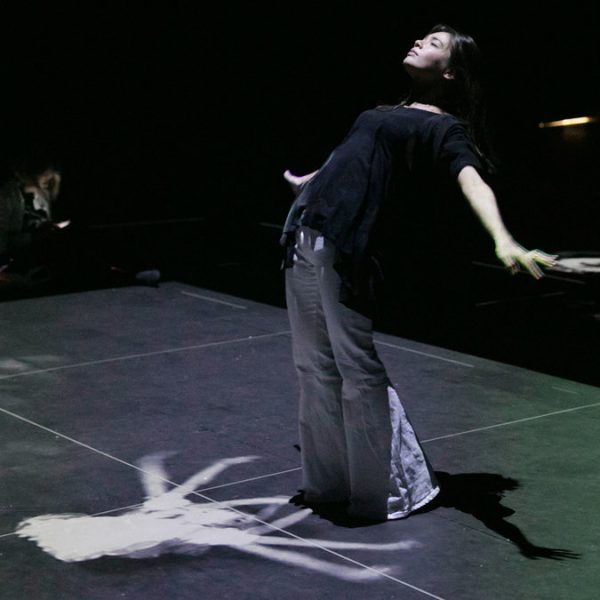
Yet people are overwhelmingly having fun. They spin around, strike ballet poses and make snow angels on the ground, then whip out smartphones to capture the imprint.
The work encourages further variations on the snow-angel selfie, as visitors spread out on the floor and then rise, like Lazarus, leaving behind blurry images of themselves, which they rush to photograph. At times the scene feels like a large, overactive picnic in a park.
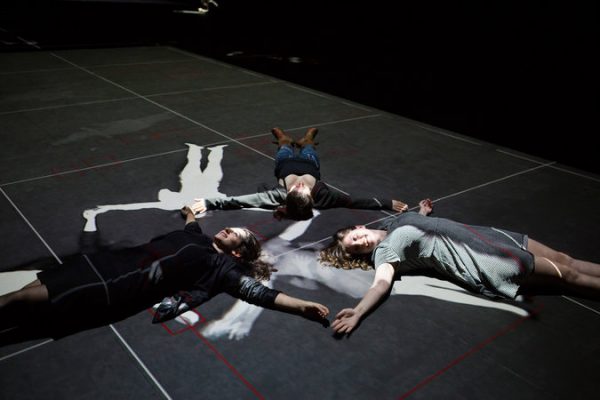
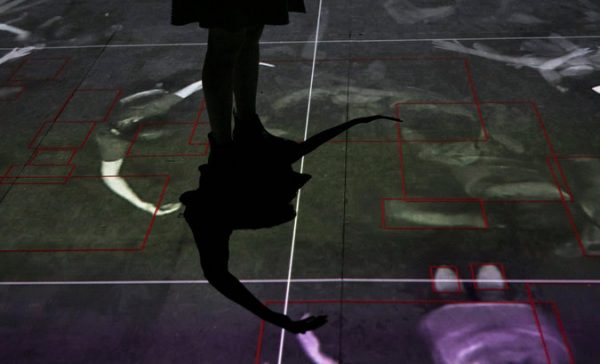
The juxtaposition of an imposing environment with carefree enjoyment is disconcerting but understandable. While visitors share the pervasive feeling of being watched, they don’t know who’s watching, or to what ends. It’s hard to care. Besides, everyone else is consenting to being monitored too, and look at the fun they’re having.
This is the heart of the installation: how we trade our privacy for fun.
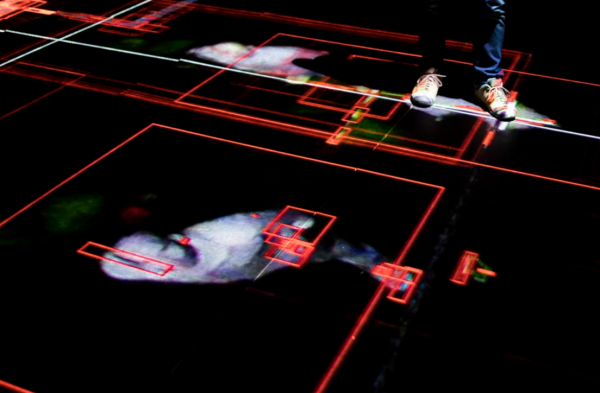
“We also are actively involved in this,” said Jacques Herzog on a panel at the installation’s opening. “It’s not just that we are victims.”
Every time we use services like Instagram or Snapchat, we voluntarily give up our data in exchange for entertainment. The more we give — adding geolocation, tagging friends, linking other social media accounts — the more we’re rewarded with interesting features.
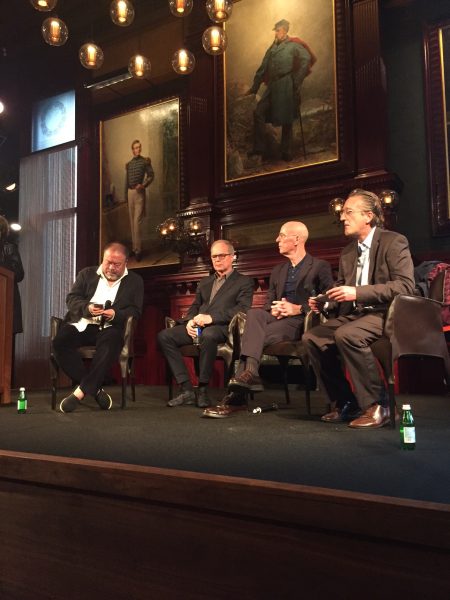
Ai knows these issues intimately. While Hansel & Gretel uses surveillance for fun, the iconoclastic artist has also made fun of surveillance. In 2012, while under state monitoring in Beijing, he wryly broadcast four live webcams from his house to weiweicam.com until the government shut it down in less than two days.
Ai Weiwei said: “I think we all have personal experience being under surveillance. The character of surveillance is to see only one side of the story.” The artist suggested that the current show will allow visitors to experience other aspects of the process and “even to enjoy the process and understand the reality.”
“Hansel & Gretel” is on view at the Park Avenue Armory through August 6.
